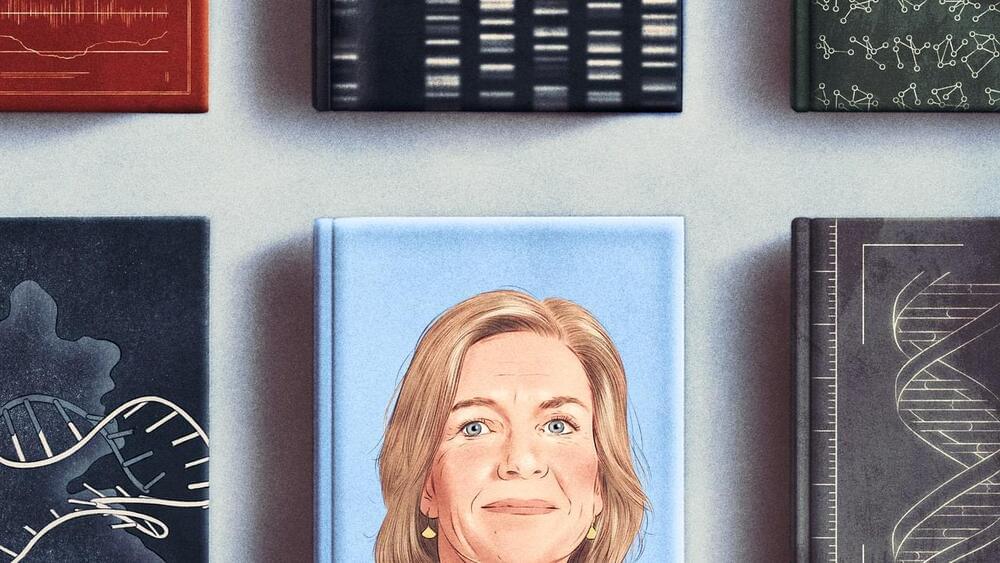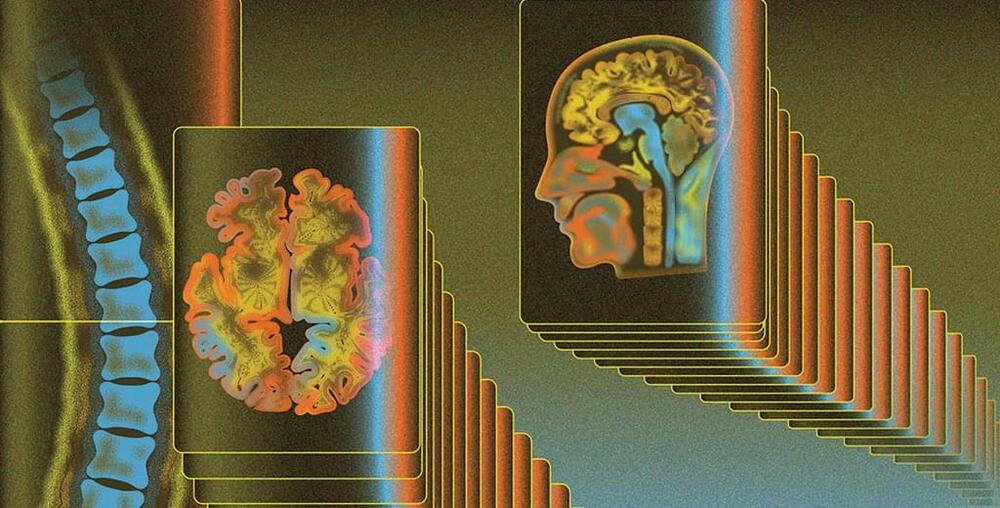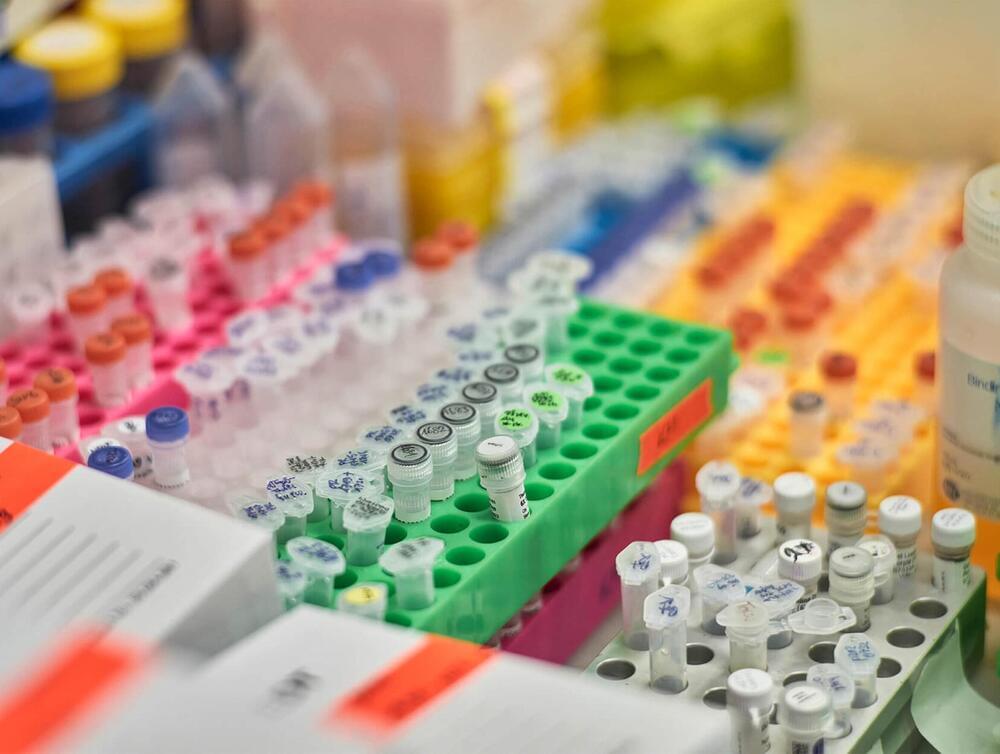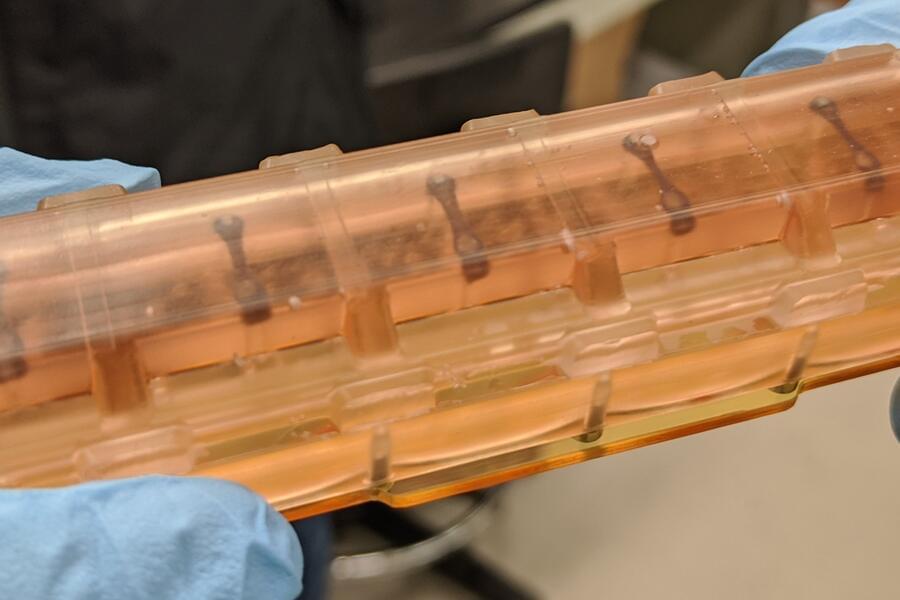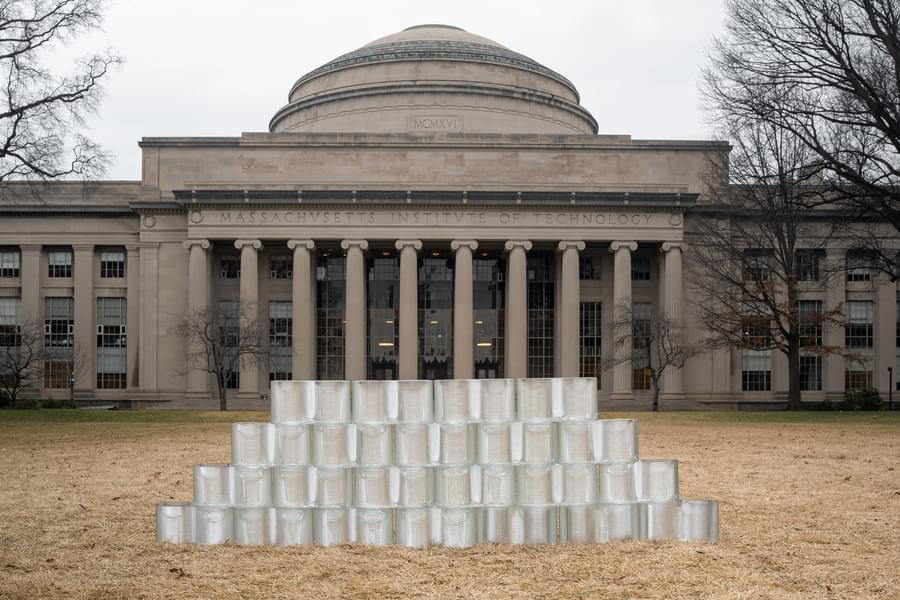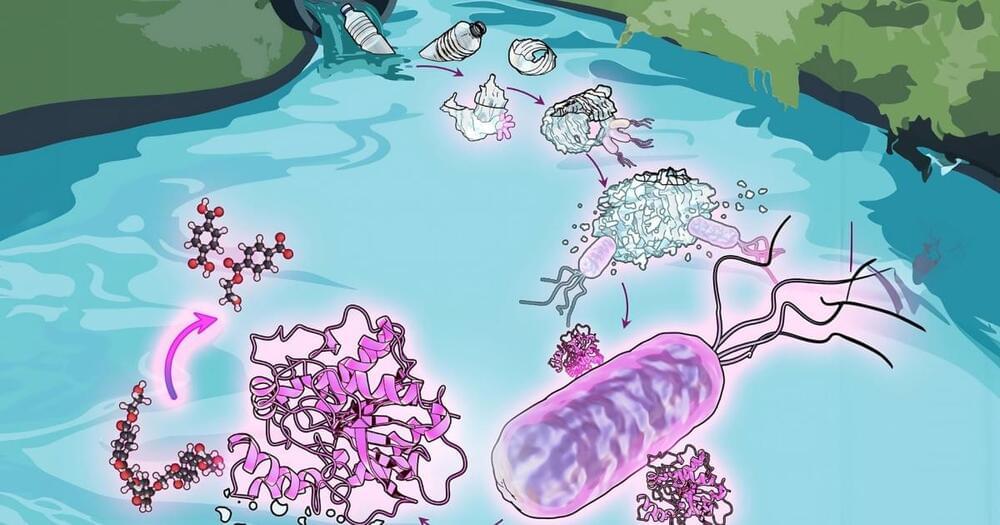Oct 22, 2024
Synthetic Biology: George Church on Genome Sequencing and De-Extinction
Posted by Cecile G. Tamura in categories: bioengineering, biotech/medical, existential risks, life extension, nanotechnology, robotics/AI, transhumanism
The great George Church takes us through the revolutionary journey of DNA sequencing from his early groundbreaking work to the latest advancements. He discusses the evolution of sequencing methods, including molecular multiplexing, and their implications for understanding and combating aging.
We talk about the rise of biotech startups, potential future directions in genome sequencing, the role of precise gene therapies, the ongoing integration of nanotechnology and biology, the potential of biological engineering in accelerating evolution, transhumanism, the Human Genome Project, and the importance of intellectual property in biotechnology.
Continue reading “Synthetic Biology: George Church on Genome Sequencing and De-Extinction” »

